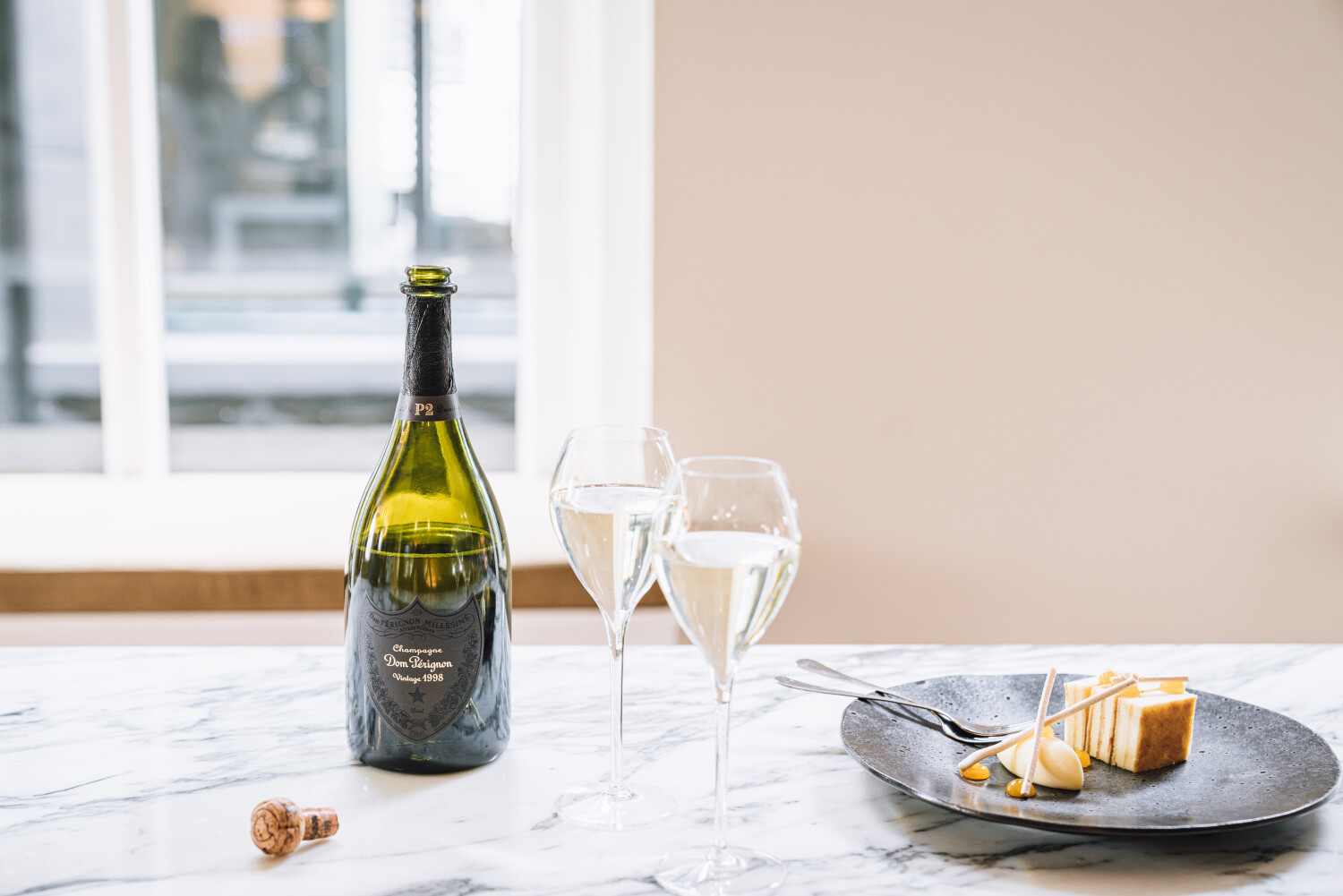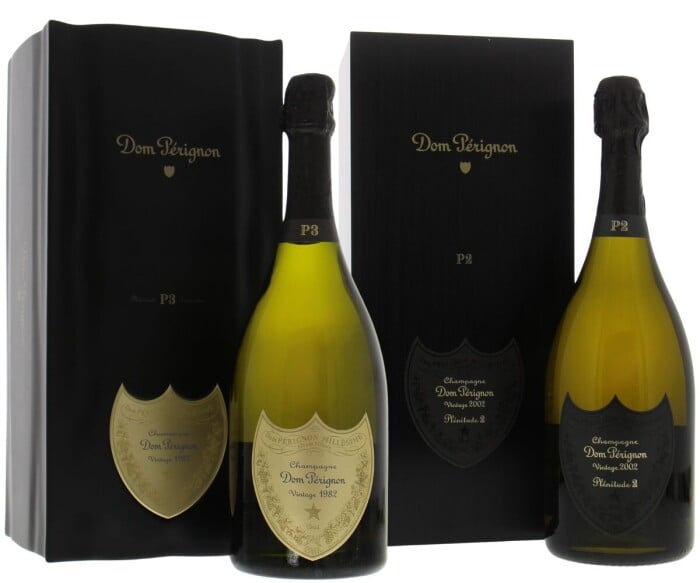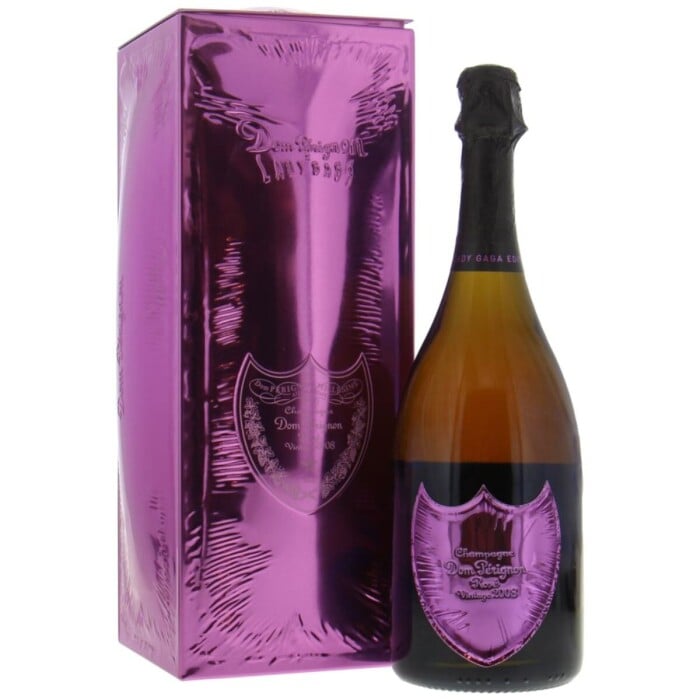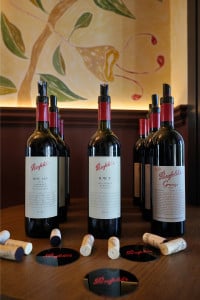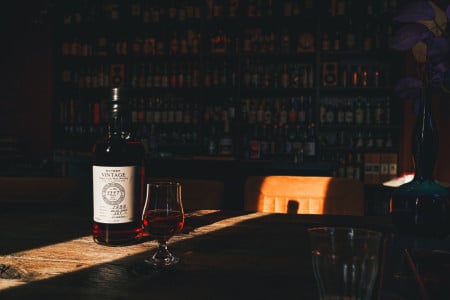"Come quickly, I'm drinking stars", the legendary Dom Pérignon is said to have shouted to another Benedictine monk when he invented champagne in the late 17th century. As nice as this story and the accompanying quote are - both are fictitious, made up by Pérignon's successor, the cellar master Dom Grossard. In 1821, Grossard wanted to borrow some money from the mayor of Aÿ for his monastery in Hautvillers near Épernay and brag about his predecessor. Unfortunately, this is still taken at face value today. So let's follow in the historically documented footsteps of Dom Perignon and see how a monk first became a legend and then one of the most famous champagnes in the world.


Wine
Explore more
Types of wine
Grapes
Countries
Champagne
Explore more
Whisky
Explore more
Types of Whisky
Whisky brands
Countries
Spirits
Explore more
Spirit brands
Rum
Explore more
Rum brands
Sale
Blog
About

